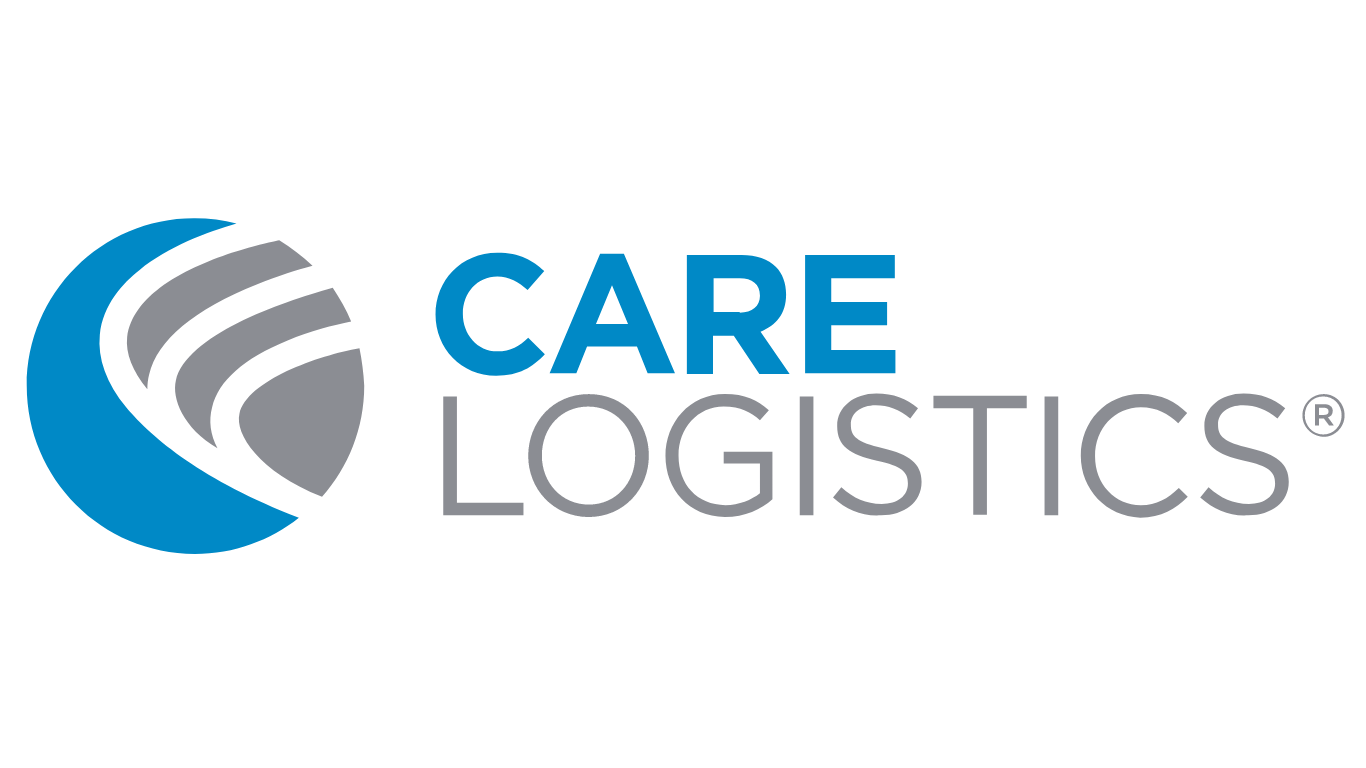How Operational Design Drives Patient Safety and Compliance with New CMS Rules
As hospitals and health systems face increasing scrutiny under new regulations, patient safety remains a critical focus. The upcoming Patient Safety Rules, effective October 1, 2024, underscore the importance of a hospital’s commitment to recognized best practices in safety.
These rules introduce five key domains for hospital leaders to address:
Leadership Commitment to Eliminating Preventable Harm
Strategic Planning & Organizational Policy
Culture of Safety & Learning Systems
Accountability & Transparency
Patient & Family Engagement
To meet these standards and truly safeguard patients, hospitals must look beyond traditional approaches to safety and embrace continuous operational improvement. But what exactly does this mean, and how can it transform patient safety?
The Role of Operational Design in Patient Safety
Operational design is the blueprint for how a hospital or health system functions day-to-day, combining human processes, technology, and standard work. When an Operating System is well-designed, it serves as the foundation for consistent, high-quality care and a safe environment for both patients and staff.
1. Commitment to Eliminating Preventable Harm
Standard work plays a crucial role in setting the tone for safety. By integrating clear, safety-focused protocols into the operational design, healthcare organizations can create an environment where safety is prioritized at every level, from executive to front-line. This involves not just implementing safety measures but also ensuring that they are adhered to through effective visibility, alignment, and accountability measures.
2. Proactive Strategic Planning
A strategic operational design should ensure that patient safety is embedded in the hospital’s core mission. This means creating policies and routines that are not only compliant with CMS standards but are also proactive in addressing potential safety risks. By identifying outcome measures related to safety and optimizing the processes and activities producing them, organizations can more effectively strategize. An effective operational system incorporates these policies into everyday workflows, making safety a seamless part of the hospital's culture rather than an afterthought.
3. Culture of Safety & Learning Systems
Building a culture of safety requires more than just policies; it demands a learning system that continuously evolves based on feedback and data. Operational design plays a pivotal role by providing the framework for collecting and analyzing safety data, facilitating open communication, and fostering an environment where staff are able to practice at top of license and excel.
4. Accountability & Transparency
Transparency in safety practices and outcomes is essential for creating trust, accountability, and alignment. Hospitals that design their operations to include robust reporting mechanisms and clear lines of accountability are better positioned to meet the CMS expectations. Operational tools can streamline these processes, making it easier for hospitals to track safety metrics and report them accurately, both internally and externally. In order to have a complete view of your operations, it’s important to find operational solutions that can provide not just historical views, but also real-time and predictive.
5. Patient & Family Engagement
Involving patients and their families in safety efforts is another critical aspect of the new CMS rules. Your operational design can support this by creating opportunities for meaningful patient and family engagement, such as integrating their feedback into safety protocols and decision-making processes. This not only improves patient satisfaction but also helps identify and mitigate potential safety risks from the patient’s perspective.
Moving Beyond Compliance to Excellence
While compliance with the new Patient Safety Rules is essential, hospitals should aim higher—toward excellence in operational performance and patient safety. By embracing continuous operational improvement, hospitals can create a safer, more efficient environment that benefits patients, staff, and the broader community.
At Care Logistics, we specialize in helping hospitals and health systems achieve this level of operational excellence. One of our key offerings is Operational Design, a comprehensive service focused on creating or redesigning your hospital’s operating system to optimize efficiency—with or without the addition of new technology. Our customized solutions are designed to meet the unique needs of each hospital, ensuring that patient safety is not just a goal, but a reality. By partnering with us, hospitals can enhance their operations, comply with new regulations, and most importantly, keep their patients safer.
Fill out the form below to discuss how Care Logistics' solutions can help your organization optimize operations, enhance safety, and adapt to evolving industry standards.


